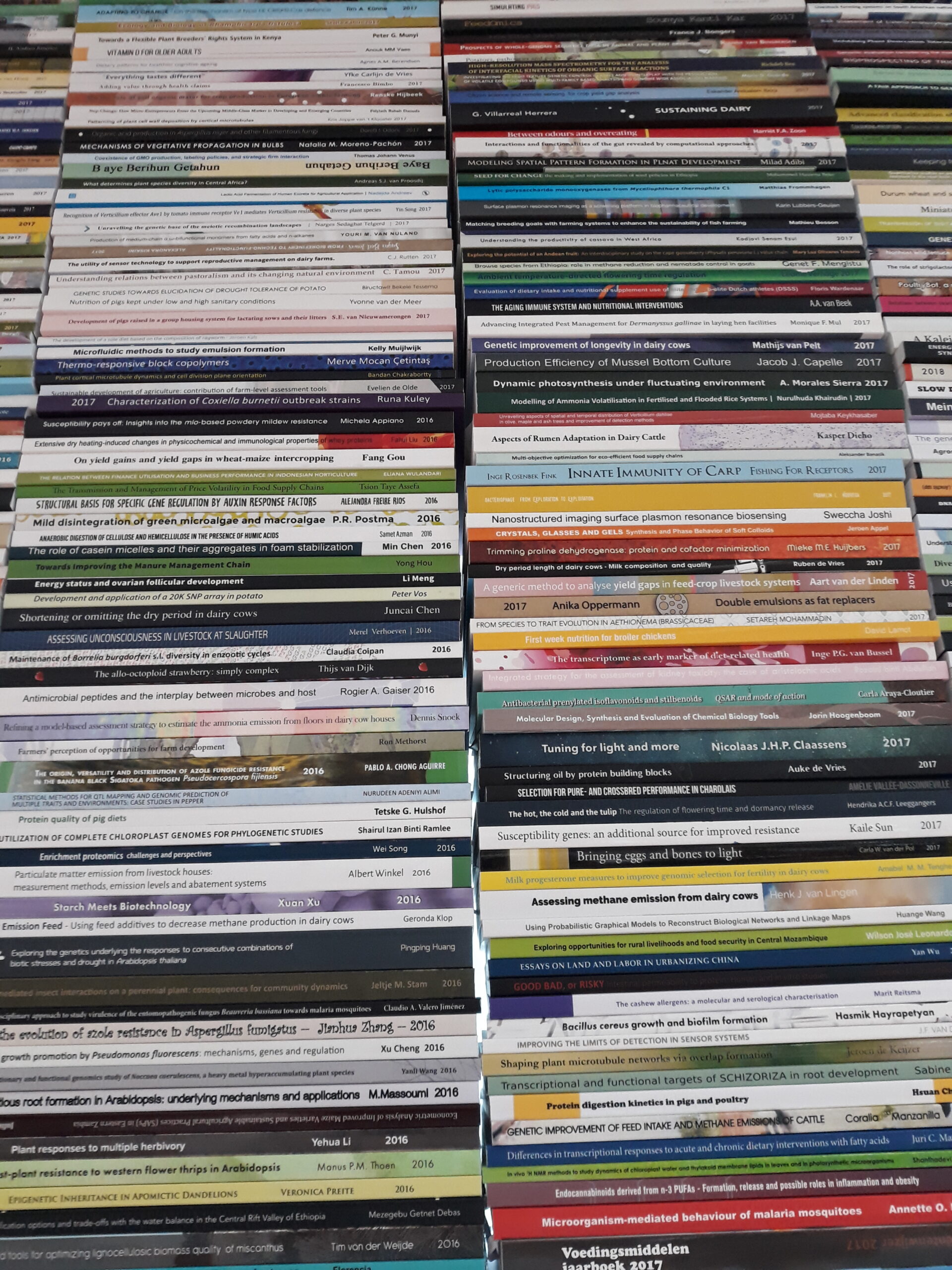More than 250 PhD students receive their PhDs at WUR every year. It is impossible to describe and summarize all these theses. In the column ‘PhD theses in a nutshell’ the selection of our science editors is briefly presented.
Insect feed
Insects are increasingly being used as a source of protein in livestock fodder. Is the farming of these insects negatively affected by residues of insecticides in their feed? Yes, concludes Nathan Meijer. But it depends which insecticide is used. He studied this in the case of the black solder fly and the litter beetle. Spinosad reduces the growth and survival rate of both insects. The notorious bee poison imidacloprid has varied effects: in low doses it actually stimulates the growth of the black solder fly.
Effects of dietary exposure to insecticide residues on Hermetia illucens and Alphitobius diaperinus reared for food and feed.
Nathan P. Meijer. Supervisors Joop van Loon and Ine van der Fels-Klerx
Success without sex
Arbuscular mycorrhiza live in symbiosis with plant roots. The fungi reproduce via spores, but there is probably a hitherto hidden sex life going on among them. Jelle van Creig had demonstrated this in his study of the genome of the model fungus Rhizofagus irregularis. But the organism gets on fine without sex too. The single-cell fungus has a large number of two different types of cell nucleus, with different DNA. The fungus adapts to its host (Van Cleij used chives, Medicago, tobacco and tomato plants in his experiments) by expressing the genes of both nuclei to different extents. A smart trick for responding to its environment adequately without sex.
Dynamic genome organization in an arbuscular mycorrhizal fungus.
Jelle van Creij. Supervisor Ton Bisseling
Chew properly?
Chewing has a big impact on how we digest our food. And one of the factors affecting chewing behaviour is the structure of the food. We chew differently on nuts than on carrots. And that also depends on the other ingredients in the meal. Just try and figure all that out. Yao Chen, from China, made a valiant effort. She got test subjects to chew on foods including chicken and vegetarian chicken. What did she discover? We chew on them at the same rate: about 1.4 times per second, but for very varying lengths of time: from seven to 40 seconds. The longer you chew, the better you digest the protein. But there’s more to it than that. A test using brown rice and chickpeas showed that chewing for longer improved the digestion of starch but doesn’t affect the blood sugar.
From ingestion to digestion.
Yao Chen. Supervisor Markus Stieger


